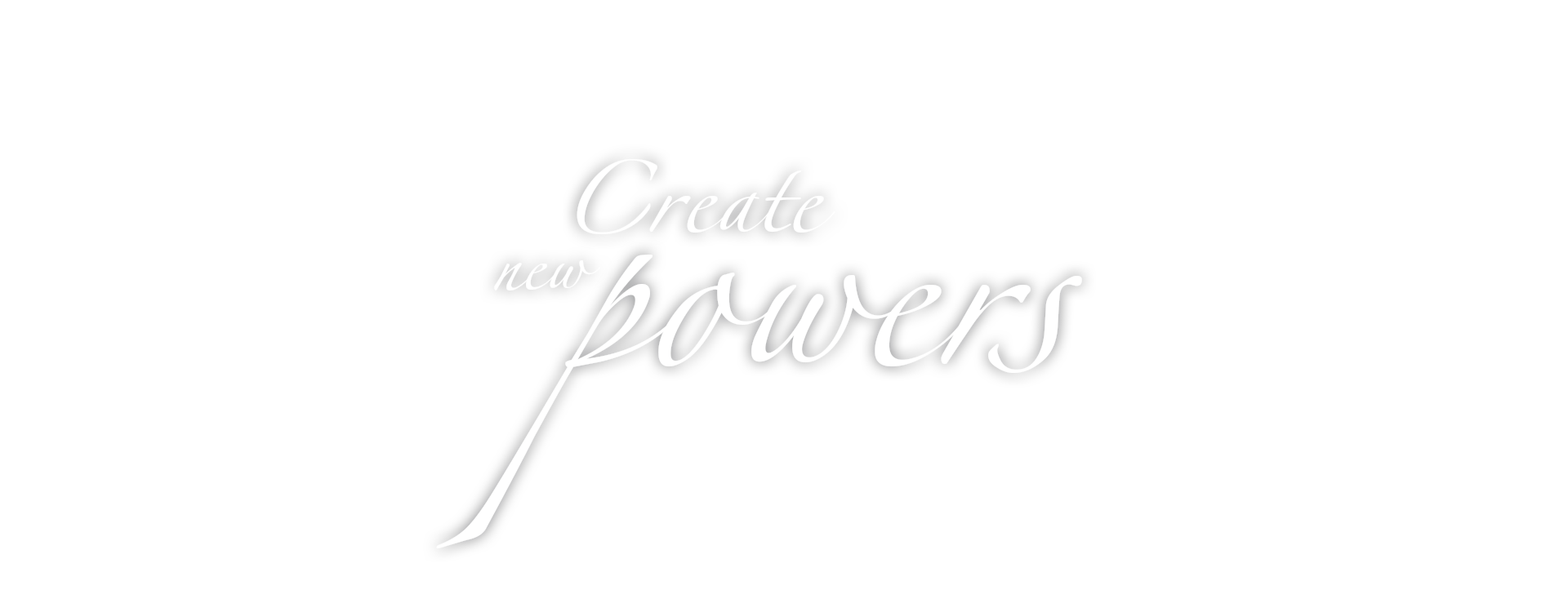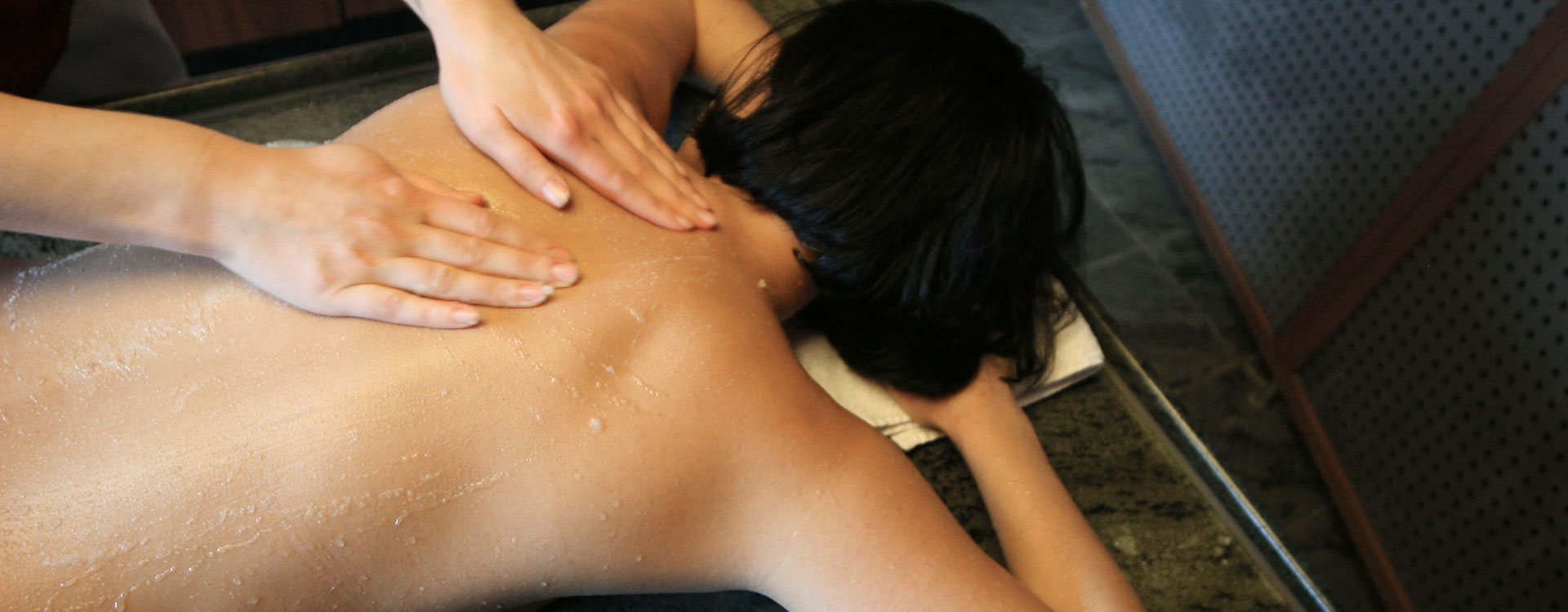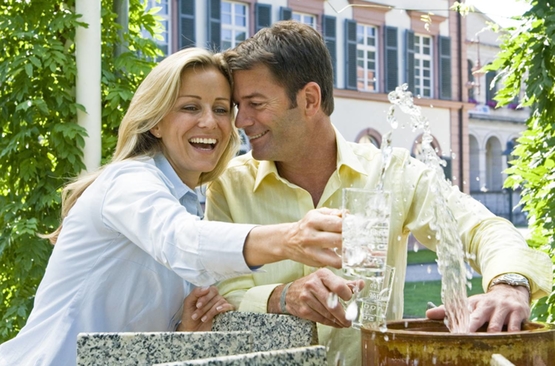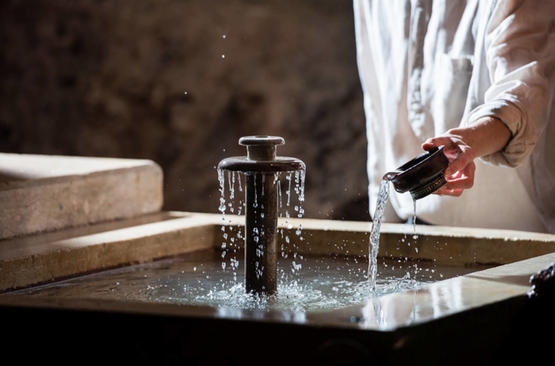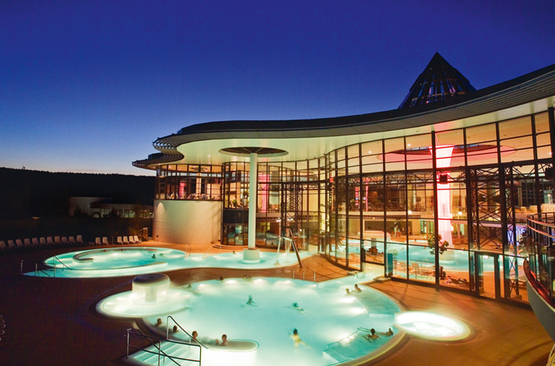Bad Steben's healing springs
Health elixirs from nature with tradition
As early as the Middle Ages, people appreciated Bad Steben's spring water. First reports of its positive effect date back to the 15th century. You can also tap the healing water in the fountain house of the spa or enjoy a walk through the neo-classical column foyer.
History
Since the middle of the 15th century, documents have been mentioning the healing spring in Bad Steben. In 1690, research results on the healing effect of spring water were first published in Bayreuth. The Bamberg archbishops appreciated the "Stebener Säuerling", which, as a physician at the time wrote, was "more worth than gold". They had medicinal water directly delivered to their residence from the Sauerbrunn common land. In 1832, Steben was raised to a Royal Bavarian state bath, and soon the first spa facilities were built. Today, the Bad Steben spa has a modern health centre with a variety of spa and treatment offers.
The individual springs
- Temple spring
Its water contains radon, a noble gas that has an immune-stimulating, analgesic and anti-inflammatory effect. In Germany, there are only a few springs of this kind. - Meadow spring
Acidious carbonated mineral water flows out of it with a particularly high content of magnesium, potassium and calcium - great for blood pressure, circulation and metabolism. - Max Marien spring
The calcium bicarbonate acid from the spring named after the Bavarian royal couple stimulates kidney function with its high calcium content and is recommended for gout and urinary tract diseases.

